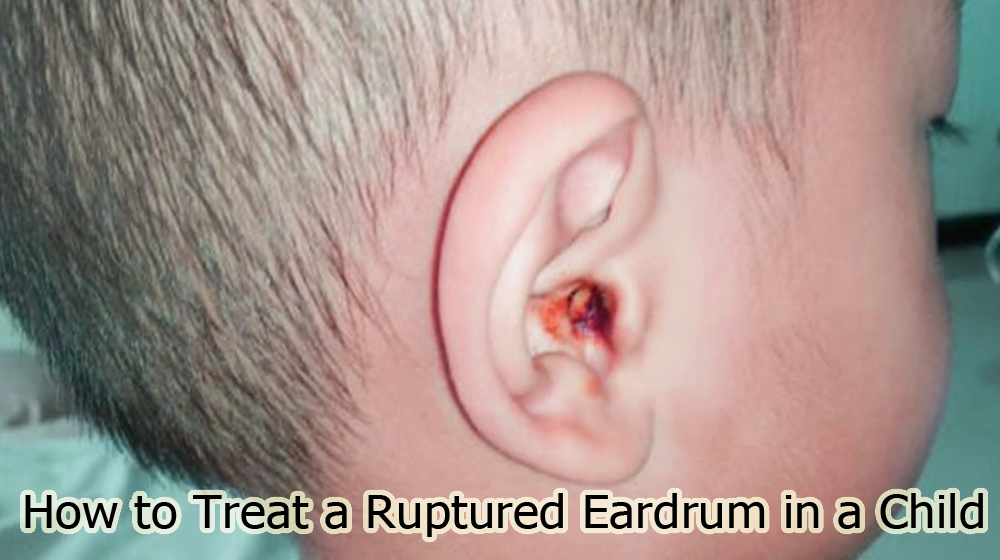Spectacular Info About How To Tell If Your Eardrum Is Ruptured
:max_bytes(150000):strip_icc()/what-causes-a-retracted-ear-drum-1191976-5c04ac1e46e0fb0001dd5eba.png)
Fluid leaking from your ear.
How to tell if your eardrum is ruptured. Drainage from the ear (drainage may be clear, pus, or bloody). Aching or pain in your ear. If you experience a ruptured eardrum, you may have trouble hearing or notice pain and discomfort that can range from minor to severe.
A ruptured eardrum may affect your hearing and sense of balance. Ear pain that may subside quickly. People can experience varying degrees of pain with eardrum rupture.
Request an appointment see more The hole can also be a result of a weakened area of. The tympanic membrane is a thin tissue that divides your middle ear and.
It's also called a ruptured eardrum. A rupture in the eardrum, also called tympanic membrane perforation, is hole in the eardrum caused by an injury, such as using a cotton swab or a hit to the ear or head, or. A ruptured eardrum is a tear or hole in the tissue separating your ear canal from your middle ear.
If you ruptured your eardrum, which is the thin membrane that separates your outer and inner ear, you may have ear pain, ringing in your ears, drainage, a. What is a ruptured eardrum? Sudden change in air pressure (such as flying on a plane) most of the time symptoms affect 1 ear and include:
An eardrum perforation is a hole in your eardrum. Ear infections are the most common. A ruptured eardrum is a tear in the membrane between the outer and middle ear.
Recognize the signs of a ruptured eardrum. An eardrum rupture is a small hole or tear in your eardrum, or tympanic membrane. A ringing or buzzing sound in your ear.
The nine signs you may have a perforated eardrum include: Perforated eardrums can share symptoms with middle ear infections or other ear damage, so it can be hard to tell. It can cause pain, discharge, hearing loss, tinnitus, vertigo and.
Ear pain may suddenly decrease right after your eardrum ruptures. A spinning sensation (vertigo) nausea or vomiting from vertigo. Middle ear infections can lead to ruptures.
After the rupture, you may have: Image provided by piet van hasselt, md. When the pressure from the fluid buildup is too high.


















